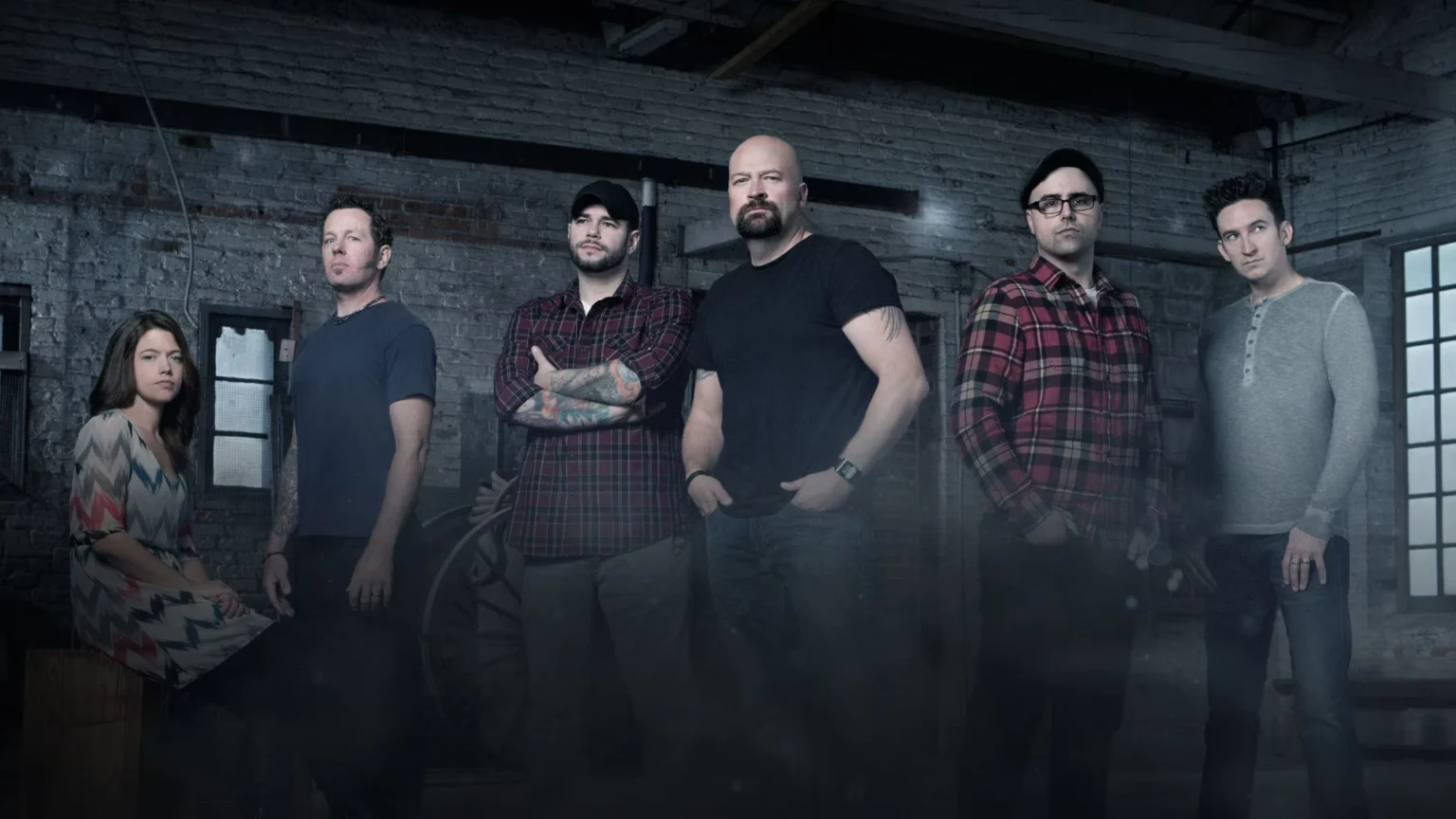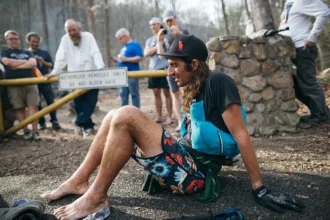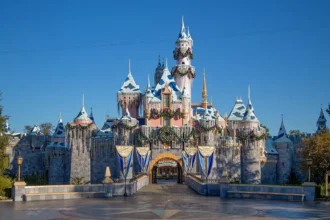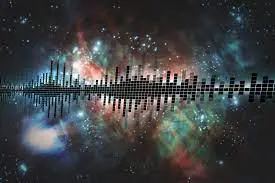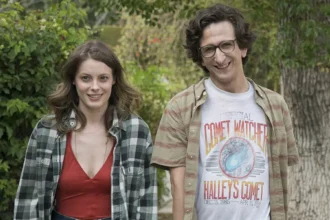Throughout history, a few brave individuals have dared to explore what lies beyond the veil of the known. These paranormal researchers challenged the scientific and spiritual norms of their time, investigating hauntings, poltergeists, psychic phenomena, and more. Their work laid the foundation for what we know (and don’t know) about the supernatural.
In this article, we uncover five historical figures whose obsession with the unexplained changed the course of paranormal research forever. Some were scientists, others spiritualists — but all were seekers of hidden truths.
History’s 5 Most Notable Ghost Hunters
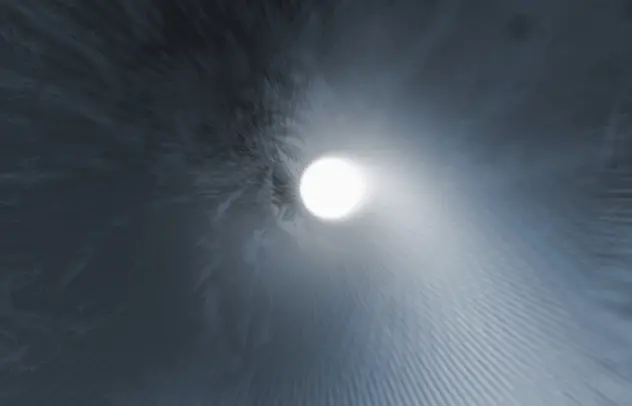
1. Frederick William Henry Myers (1843–1901)
A British poet, philologist, and founding member of the Society for Psychical Research (SPR), Myers believed that consciousness could survive bodily death. He documented telepathy, near-death experiences, and mediumship long before they were mainstream.
His magnum opus “Human Personality and Its Survival of Bodily Death” is still considered a cornerstone in paranormal studies. Myers brought scientific methodology into a field often ridiculed — helping it gain legitimacy.
2. Hans Holzer (1920–2009)
One of the most famous paranormal investigators of the 20th century, Holzer wrote over 120 books on the supernatural. He coined the term “ghost hunter” and often collaborated with psychics to investigate haunted locations.
His most famous case? The Amityville Horror. Though controversial, his investigations sparked mainstream interest in paranormal phenomena — influencing pop culture for decades.
3. Eleanor Sidgwick (1845–1936)
Eleanor Sidgwick was a mathematician, physicist, and one of the earliest female investigators of the paranormal. As a key figure in the SPR, she took a more skeptical and analytical approach to psychic phenomena.
Sidgwick emphasized rigorous testing and was one of the first to expose fraudulent mediums — paving the way for ethical standards in paranormal research. She remains an unsung hero in the world of ghost hunting.
4. Dr. John Dee (1527–1608)
More than just a mathematician and astronomer, John Dee was also a mystic who believed he could communicate with angels. Alongside medium Edward Kelley, Dee kept extensive journals detailing their supernatural “conversations.”
His blend of science and occultism made him both respected and feared. Though his methods were controversial, Dee was among the first to systematically document attempts to connect with otherworldly entities.
5. Charles Fort (1874–1932)
If there’s a godfather of the unexplained, it’s Charles Fort. Rather than conduct traditional investigations, Fort collected thousands of bizarre, unexplainable reports — from raining frogs to disappearing people.
His work inspired the term “Fortean phenomena,” and he is considered the pioneer of anomalistics — the study of unexplained events. Fort’s skepticism of authority and dogma helped push the paranormal conversation into new, weirder territory.
These five researchers each left a unique imprint on the field of paranormal studies. Whether through meticulous documentation or bold experimentation, their legacies continue to intrigue and inspire. While the truth behind the unknown still eludes us, their courage to ask impossible questions made all the difference.


